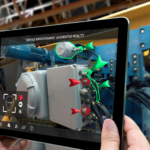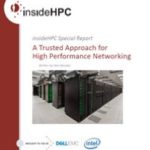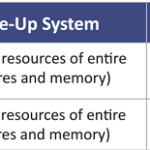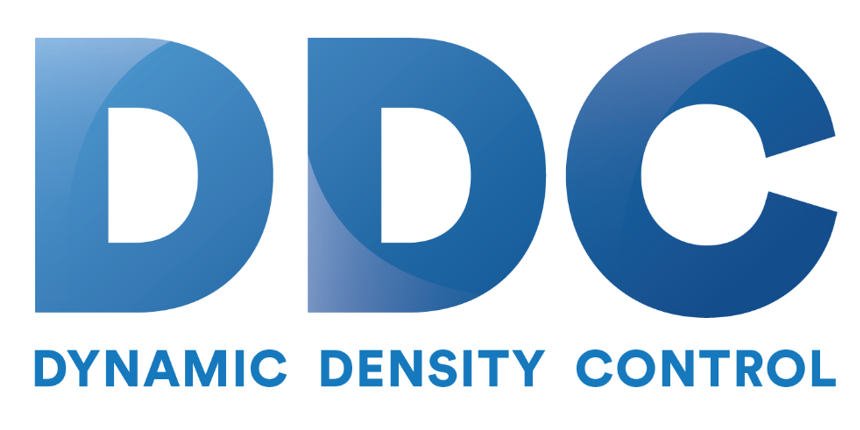Artificial intelligence (AI) and machine learning — decades-old technologies that are now electrifying the computing industry — for all intents and purposes, seem to be in the process of transforming corporate America. This article is part of a special insideHPC report that explores trends in machine learning and deep learning.
What Does it Take to Get Started with AI?
We’ll start by providing a handy five-step enterprise AI strategy designed to ensure your early AI deployment projects are a success. This article is part of a special insideHPC report that explores trends in machine learning and deep learning.
Drilling Down into Machine Learning and Deep Learning
Artificial intelligence and machine learning are rising in popularity as the needs of big data call for systems that exceed human capabilities. This article is part of a special insideHPC report that explores trends in machine learning and deep learning.
Five Ways Scale-Up Systems Save Money and Improve TCO
The move away from the traditional single processor/memory design has fostered new programming paradigms that address multiple processors (cores). Existing single core applications need to be modified to use extra processors (and accelerators). Unfortunately there is no single portable and efficient programming solution that addresses both scale-up and scale-out systems.
Speeding Workloads at the Dell EMC HPC Innovation Lab
The Dell EMC HPC Innovation Lab, substantially powered by Intel, has been established to provide customers best practices for configuring and tuning systems and their applications for optimal performance and efficiency through blogs, whitepapers and other resources. “Dell is utilizing the lab’s world-class Infrastructure to characterize performance behavior and to test and validate upcoming technologies.”
Scaling Software for In-Memory Computing
“The move away from the traditional single processor/memory design has fostered new programming paradigms that address multiple processors (cores). Existing single core applications need to be modified to use extra processors (and accelerators). Unfortunately there is no single portable and efficient programming solution that addresses both scale-up and scale-out systems.”
Selecting HPC Network Technology
“With three primary network technology options widely available, each with advantages and disadvantages in specific workload scenarios, the choice of solution partner that can deliver the full range of choices together with the expertise and support to match technology solution to business requirement becomes paramount.”
Scaling Hardware for In-Memory Computing
The two methods of scaling processors are based on the method used to scale the memory architecture and are called scaling-out or scale-up. Beyond the basic processor/memory architecture, accelerators and parallel file systems are also used to provide scalable performance. “High performance scale-up designs for scaling hardware require that programs have concurrent sections that can be distributed over multiple processors. Unlike the distributed memory systems described below, there is no need to copy data from system to system because all the memory is globally usable by all processors.”
HPC Networking Trends in the TOP500
The TOP500 list is a very good proxy for how different interconnect technologies are being adopted for the most demanding workloads, which is a useful leading indicator for enterprise adoption. The essential takeaway is that the world’s leading and most esoteric systems are currently dominated by vendor specific technologies. The Open Fabrics Alliance (OFA) will be increasingly important in the coming years as a forum to bring together the leading high performance interconnect vendors and technologies to deliver a unified, cross-platform, transport-independent software stack.
High Performance System Interconnect Technology
Today, high performance interconnects can be divided into three categories: Ethernet, InfiniBand, and vendor specific interconnects. Ethernet is established as the dominant low level interconnect standard for mainstream commercial computing requirements. InfiniBand originated in 1999 to specifically address workload requirements that were not adequately addressed by Ethernet, and vendor specific technologies frequently have a time to market (and therefore performance) advantage over standardized offerings.








